
CUBEChinese provides live online 1-on-1 and 1-to-2 Chinese classes for kids aged 3-12.
Founded in 2019 and headquartered in Hong Kong, the school has taught over 10,000 students worldwide in countries such as Singapore, the UK, United States, Japan, Australia, Hong Kong, Canada, France, Germany, and Belgium.
CUBEChinese’s teaching and curriculum development are originally from Tomorrow Advancing Life, A NYSE listed leading education and technology company in China.
The school aims to improve the Chinese proficiency of young learners in four areas: listening, speaking, reading, and writing.
Every student at CUBEChinese receives a personalized learning plan based on their ability and learning environment.
A child-led learning approach means that teachers will tailor their instructional methods to match with the different learning styles of each child. Children are also encouraged to engage with the learning materials in the way they prefer.
CUBEChinese uses a “scene-based” teaching methodology, tailoring their curriculum to match the cognitive level and real-life experiences of kids. This means that students start with commonly used words in the scenarios they are familiar with such as at home or in school.
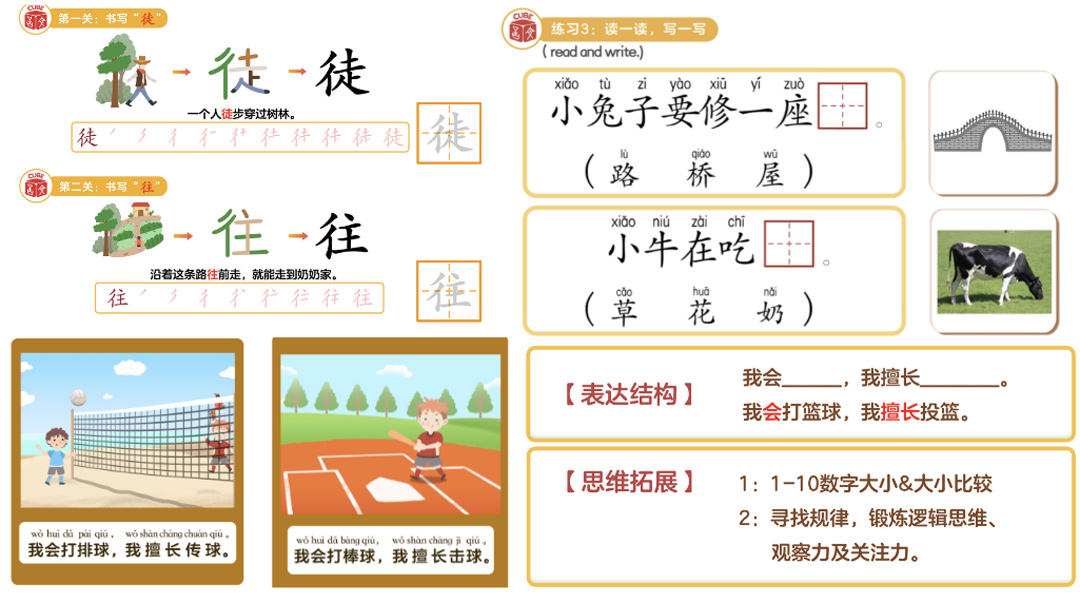
Unlike most schools, CUBEChinese follows an interdisciplinary approach to learning Chinese, exposing students to a wide range of subjects such as critical thinking, science, humanities, art, and sociology.
This encourages students to broaden their perspective, as well as spark their curiosity and desire to explore. As a result, they are better able to apply what they’ve learned in the classroom.
CUBEChinese combines live classes with a learning platform that utilizes AI interactions to help students learn effectively.
Each class follows a Learning Cycle with Pre-Class, In-Class, and Post-Class components that have proven to help students learn effectively.
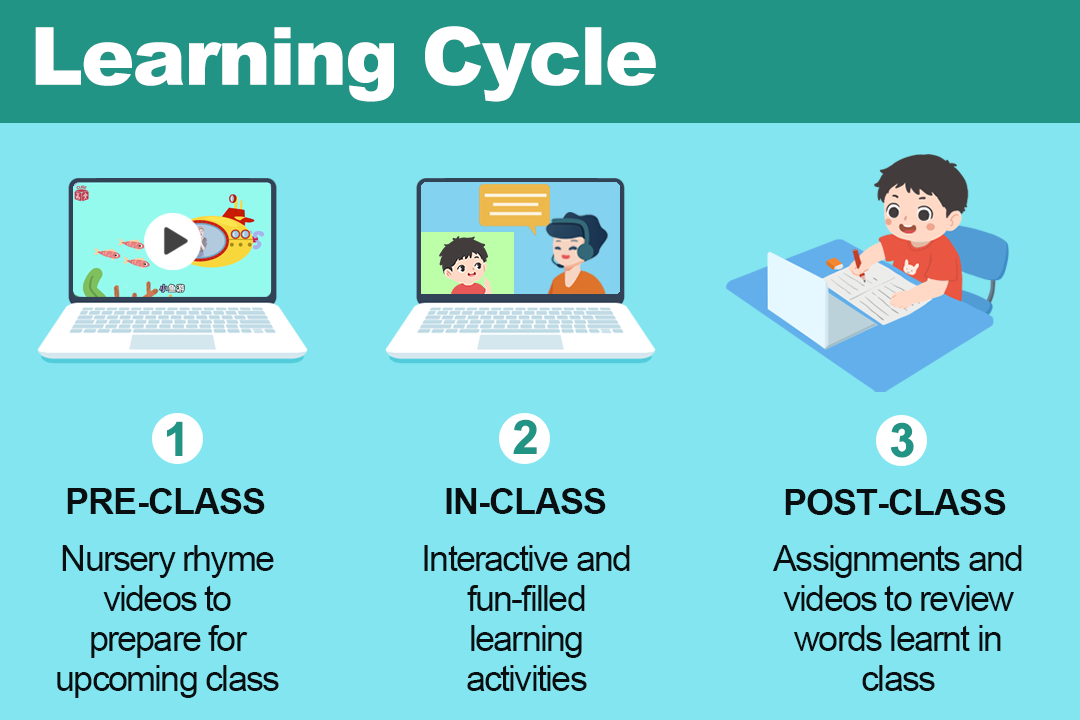
Pre-class - Students are provided with nursery rhyme videos to stimulate their interest and to prepare them for the upcoming class.
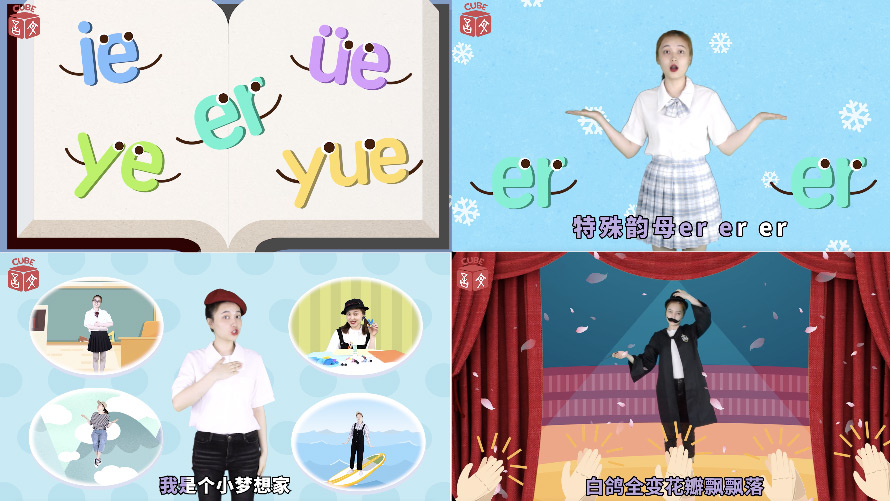
In-class - Students are exposed to interactive, game based, and fun filled learning activities to keep them engaged and ensure that classes are enjoyable. Learning is supplemented with animated videos that address key characters and words that have been learnt during the class.
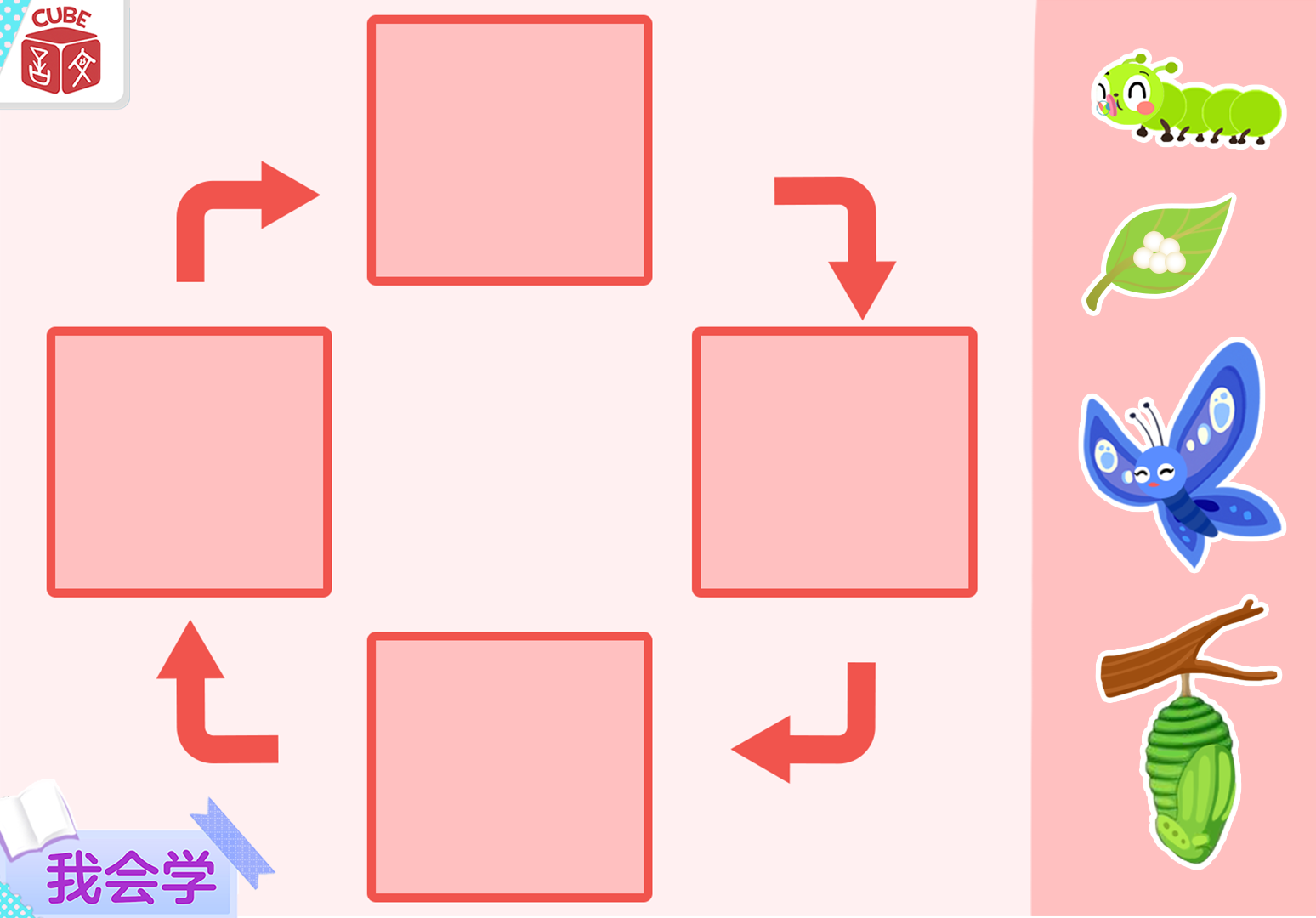
Post-class - Focuses on assignments and videos to review the words learnt as well as deepen knowledge in subjects that have been taught during class.
For example, if students have learnt the words 日(sun), 月(moon), 星(star) in class, then the post-class videos will go further into explaining concepts like how gravity works, and how the planets are revolving around the sun.
This helps students to better grasp the real-world applications of the words that they are learning in class.
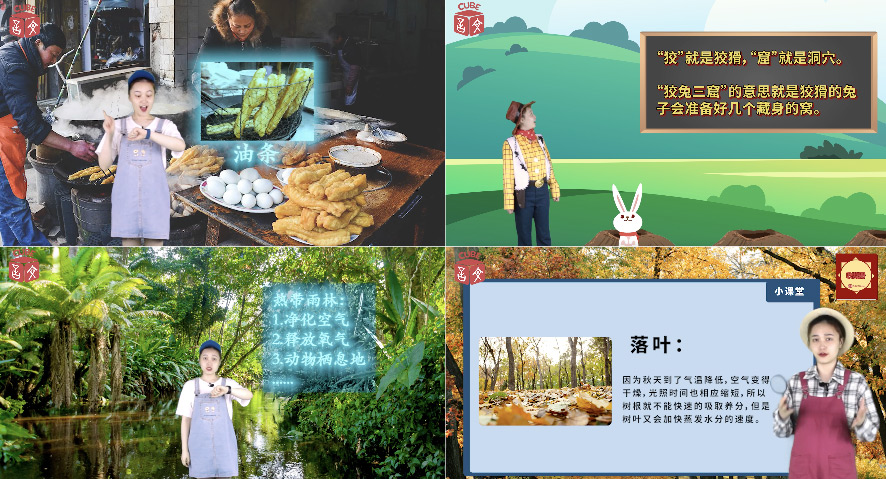
Parents and students can expect access to a whole support network when they are enrolled with CUBEChinese.
At CUBEChinese, Teaching Instructors and Course Advisors work together to support the child’s learning journey.
Teaching Instructors review homework and provide feedback on students’ progress, while Course Advisors coordinate classes and are always on hand to provide any assistance if required.
CUBEChinese ensures that all teachers are qualified professionals that hold a bachelor’s degree or higher in linguistics or in teaching Chinese as a second language.
All teachers are required to hold the CTCSOL (Certificate for Teachers of Chinese to Speakers of Other Languages) or teaching certificates accredited by China’s Ministry of Education.
The CTCSOL is an international certification for teaching of Chinese to non-native speakers.
All of CUBEChinese’s teachers have also attained the Mandarin certificate with level 2-A or higher.
CUBEChinese’s fees are quite reasonable for the level of instruction and support that you’re given.
You can also get further discounts when you sign up for more classes.
Sign up for a free trial class and receive a complimentary welcome gift!
Get access to all of the following so you’ll have a good idea of what to expect from the CUBEChinese program:
Since CUBEChinese has taught over 10,000 students, we asked them for some advice on what parents can do to help their children learn Chinese.

Starting early is always an advantage!
There is evidence to suggest that children have an advantage when learning languages at a young age as opposed to their later years.
Therefore, it is important to seize the child’s golden language learning period (generally between ages 3-12) and have children start immersive and systematic Chinese learning as early as possible.
Based on CUBEChinese’s experience, most of their students fall into two groups:
1. Students that can understand basic Chinese but can’t speak or recognize Chinese characters.
These students are new to Chinese and they will need to improve their listening and speaking skills first before moving on to Chinese characters recognition.
2. Students that can understand and speak basic Chinese, but can’t read (recognizes less than 100 Chinese characters). Generally, these students are weak in reading and sentence structuring.
Such students will need to improve their level of Chinese characters recognition. More importantly, they will need to strengthen their comprehensive reading skills by focusing on the connections between words, sentences, and paragraphs.
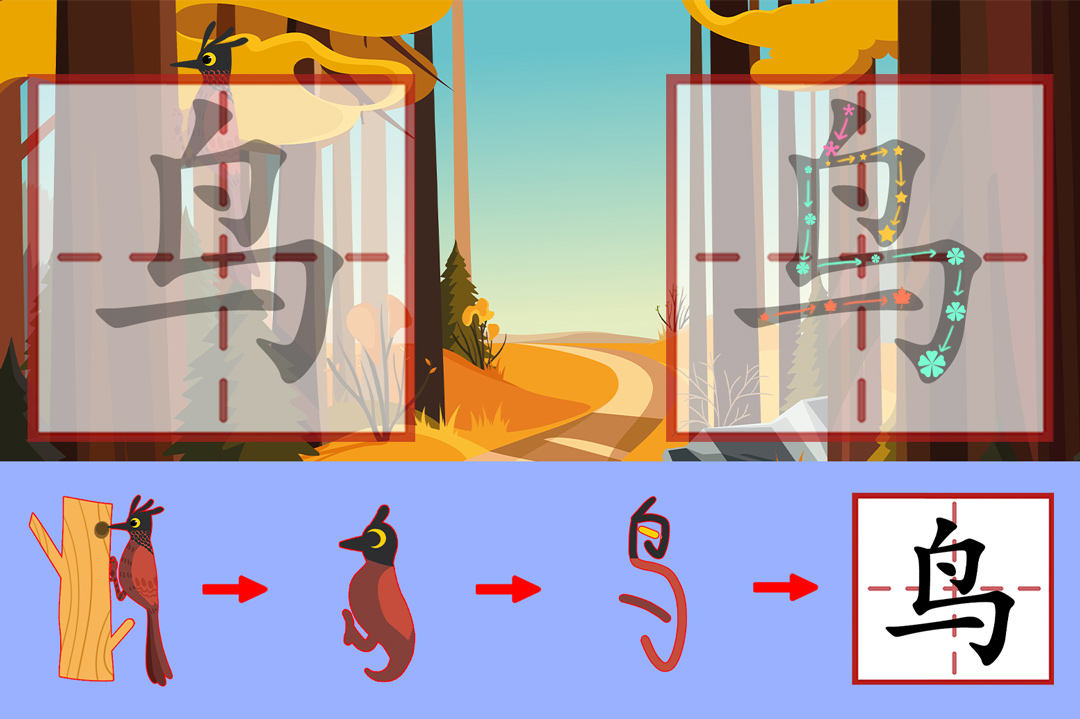
For many children whose first language are not Chinese, basic interpersonal conversations where the sentences and phrases used are more casual, can usually be developed within 6 months to 2 years.
Academic language proficiency on the other hand, will require more time and assistance from teachers. To truly master the language and expression skills for academic proficiency usually takes 5 to 7 years.
If a child has never learned a language systematically or has had no language environment support, it may even take up to 7 to 10 years for them to catch up to their peers.
This explains why some children may still struggle in an exam environment even though they have been studying a second language already for a period of time and have attained a certain level of listening, speaking,reading, and writing skills.
So what can parents do to get their kids interested in Chinese and to create an environment that is conducive to learning Chinese? CUBEChinese has a few recommendations.
1. Nursery Rhymes - Nursery rhymes are a great tool to get kids interested in Chinese.
This is why CUBEChinese prepares a nursery rhyme for every class, using short rhymes combined with catchy melodies to delight students and get their attention, thus making it easier for them to grasp key points.
By accompanying the nursery rhymes with changes in tone and body movements, parents and teachers can also help drive interaction as kids simply love moving and dancing along to nursery rhymes!
2. Provide constant exposure to Chinese - For language acquisition, it is vital for children to be exposed to Chinese through as many channels as possible such as animation, drama, children's books, and Chinese pop songs.
3. Lots of reading - CUBEChinese suggests immersing children in a large amount of Chinese reading material that is relevant to their age, cognition, interests, and hobbies.
Linking storybooks with real-life situations and having in depth discussions with kids on the books they are reading can also help stimulate their independent thinking abilities while fostering their interest in Chinese.

4. Play - The element of play is very important for young language learners so that they are not turned off by the daunting task of learning a new language.
By incorporating game characteristics into Chinese learning, parents can better engage their kids and motivate them towards learning the language.
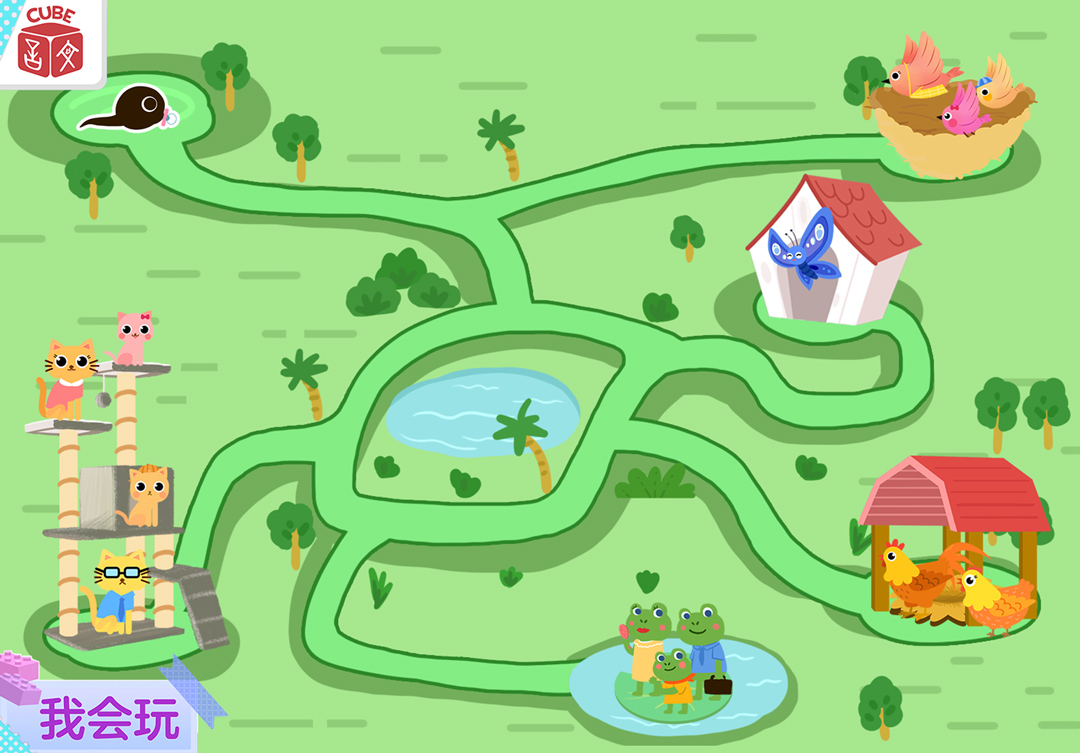
This article was brought to you by CUBEChinese.
Get the best kids activities, events, deals, and more delivered straight to your inbox weekly 😊
